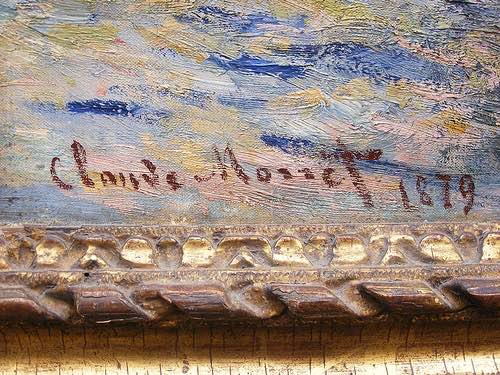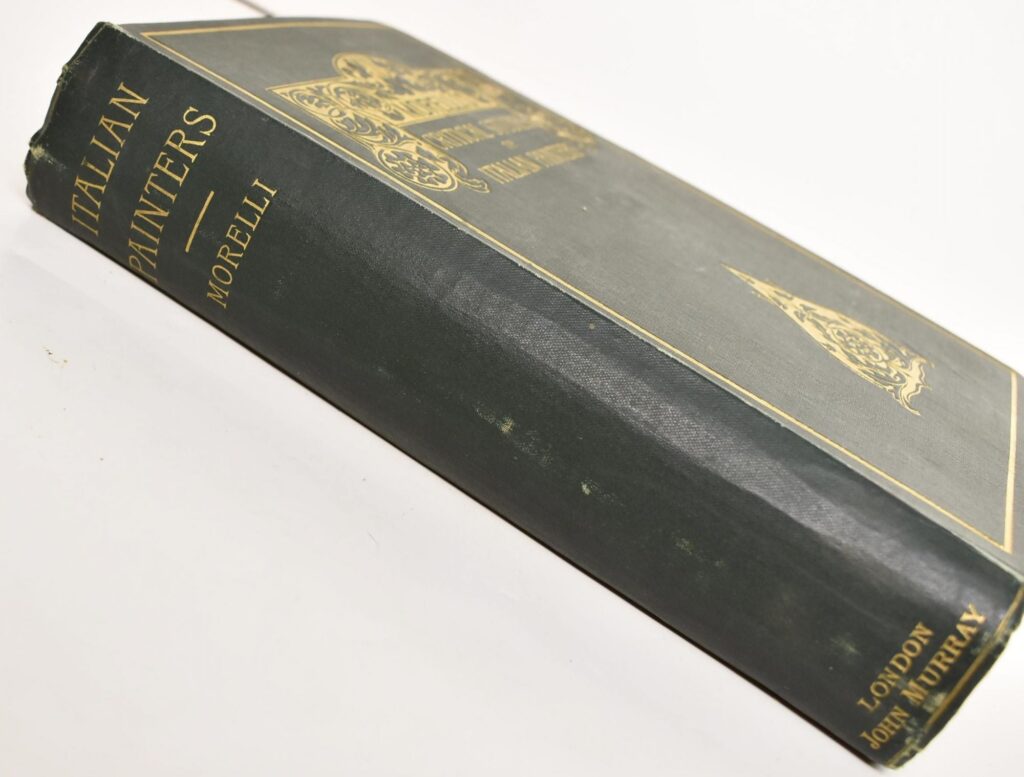
The recent controversy surrounding Damien Hirst’s artwork, with allegations of backdating and inconsistent dating practices, has brought the importance of accurate and transparent dating of artworks to the forefront. As reported by The Guardian, over 1,000 of Hirst’s paintings were made later than claimed, and some of his formaldehyde sculptures were created in 2017, despite being dated to the 1990s. These events have prompted us to explore the historical context of dating artworks and the modern conventions that govern this practice. In this article, we will examine the evolution of dating visual art and argue that consistency and transparency are crucial in maintaining the integrity of artworks.
In the early days of art history, dating artworks was not a priority. Artworks were often created without signatures or dates, making it challenging for art historians to determine their origin. However, with the emergence of art historical movements, such as Neoclassicism and Romanticism, artists began to sign and date their works. This practice became more widespread during the 19th and 20th centuries, as art historians sought to establish a chronology of artistic development.
One notable example of the importance of dating artworks can be seen in the work of art historian, Giovanni Morelli. In his book, “Italian Painters: Critical Studies of Their Works,” Morelli emphasized the significance of dating artworks to understand the evolution of artistic styles and techniques. Morelli’s approach to art history, which focused on the detailed analysis of artworks, laid the foundation for modern art historical practices.

Modern Conventions for Dating Visual Art
Today, dating artworks is a crucial aspect of art historical practice. With the advent of digital technologies, artists, curators, and art historians can easily record and track the creation and exhibition history of artworks. This has led to the development of consistent recording systems, such as artist archives, which can be linked to unique identifiers.
In conclusion, the recent controversy surrounding Damien Hirst’s artwork highlights the importance of accurate and transparent dating practices. If Hirst had followed recognized best practices, such as maintaining a consistent recording system and being transparent about the creation dates of his artworks, he may have avoided the controversy altogether. As the art world continues to evolve, it’s essential that artists, curators, and art historians prioritize consistency and transparency in dating artworks, ensuring the integrity of artworks for generations to come.
Standard Conventions for Dating Artworks
Fine artists often grapple with the question of how to date their artworks. While there is no single universal standard, several common conventions have emerged. Dating artwork serves important purposes like establishing historical context, provenance, and authenticity. Many artists include the year of completion near their signature, either on the front or back of the piece. Some opt for just the year, while others include the full date. The placement and format can depend on factors like the artist’s preference, the medium used, and commercial considerations. Regardless of visible dating, maintaining thorough records is crucial for documentation. Ultimately, how an artist chooses to date their work involves balancing historical accuracy, artistic vision, and practical concerns.
Importance of Dating Artworks
Dating artworks serves crucial purposes in the art world, providing essential context for curators, historians, and collectors. It allows for tracking an artist’s stylistic evolution over time and situating pieces within broader artistic movements. Additionally, accurate dating is vital for establishing provenance and authenticity, which directly impacts an artwork’s valuation and historical significance, especially in high-end galleries and museums. By including dates, artists contribute to the long-term documentation and study of their oeuvre, facilitating a deeper understanding of their creative journey and the cultural landscape in which they worked.
Date Placement Options
Artists typically have two main options for placing dates on their artwork. The front of the piece, usually near the signature, allows for immediate visibility but may distract from the artwork itself. Alternatively, dating on the back or edge of the canvas provides necessary documentation without interfering with the visual composition. Some artists use subtle techniques like incorporating the date into design elements or using personal symbols to represent years, balancing historical record-keeping with artistic integrity. The choice often depends on the artist’s style, medium, and personal preference.
Date Format Conventions
Common date formats for artworks include:
- Year only (e.g. “2023”) – a simple, unobtrusive option
- Full date (e.g. “February 11, 2023”) – provides more precise documentation
- Symbols or codes representing years – adds a personal touch
Artists typically use the same medium as the artwork when adding dates to maintain consistency and authenticity. Legibility is important to ensure dates can be easily read by viewers and collectors. Some artists incorporate dates subtly into design elements or use personal symbols to represent years, balancing documentation with artistic integrity.
Commercial and Artistic Considerations
Some artists avoid visibly dating their work due to concerns that older dates may make pieces seem less desirable to potential buyers. This practice allows older works to be presented as “new” to galleries and collectors without the perceived stigma of being unsold for years. However, maintaining detailed records with creation dates is still crucial for provenance and authenticity purposes. Ultimately, the decision to visibly date artwork involves balancing commercial interests, artistic vision, and historical documentation needs. Some artists view their entire body of work as an ongoing portfolio, regardless of when individual pieces were created.
References
Artnews. “Damien Hirst ‘Currency’ Works May Have Been Painted Later Than Stated.”
The Guardian. “Damien Hirst formaldehyde animal works dated to 1990s were made in 2017.”
LinkedIn. “The Controversy and Implications of Damien Hirst’s Back-Dated Artworks.”
Art Insider. “Damien Hirst Courts Controversy Over Back Dating Works.”
Dating your art: How important is it?
Do you date your paintings? Why or why not?
Debate: Should You Include a Date on Your Artwork?

